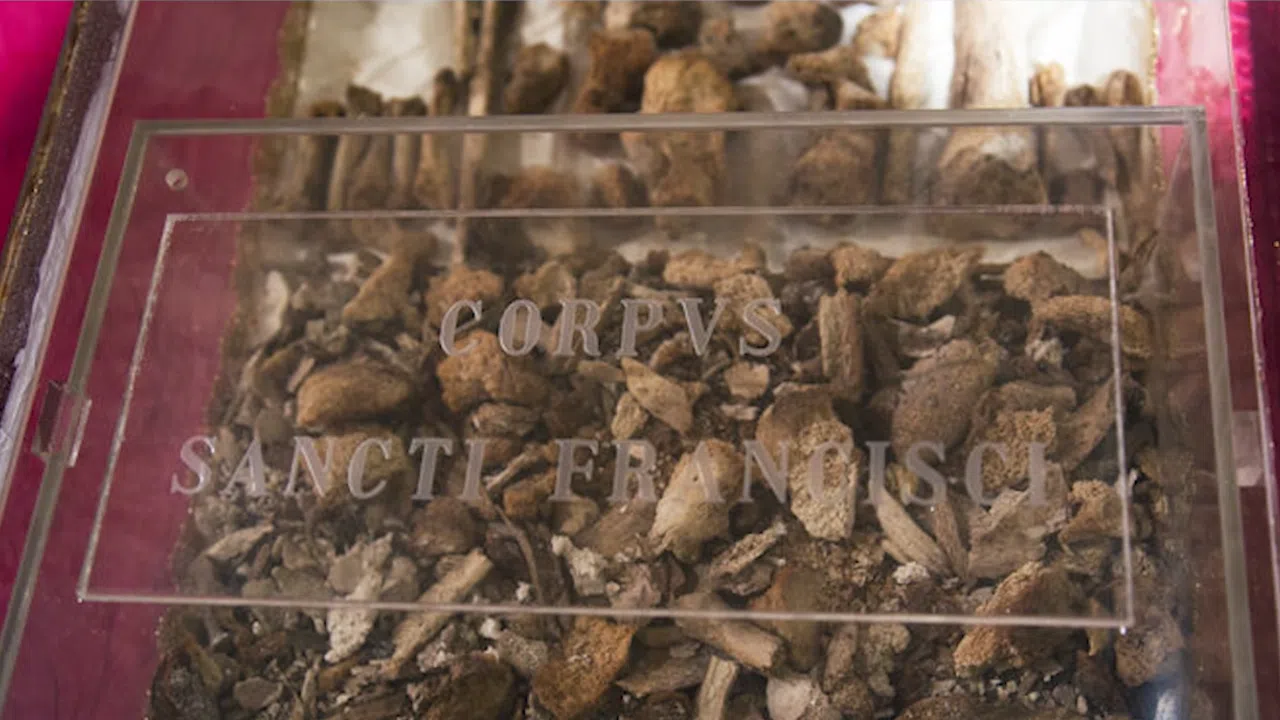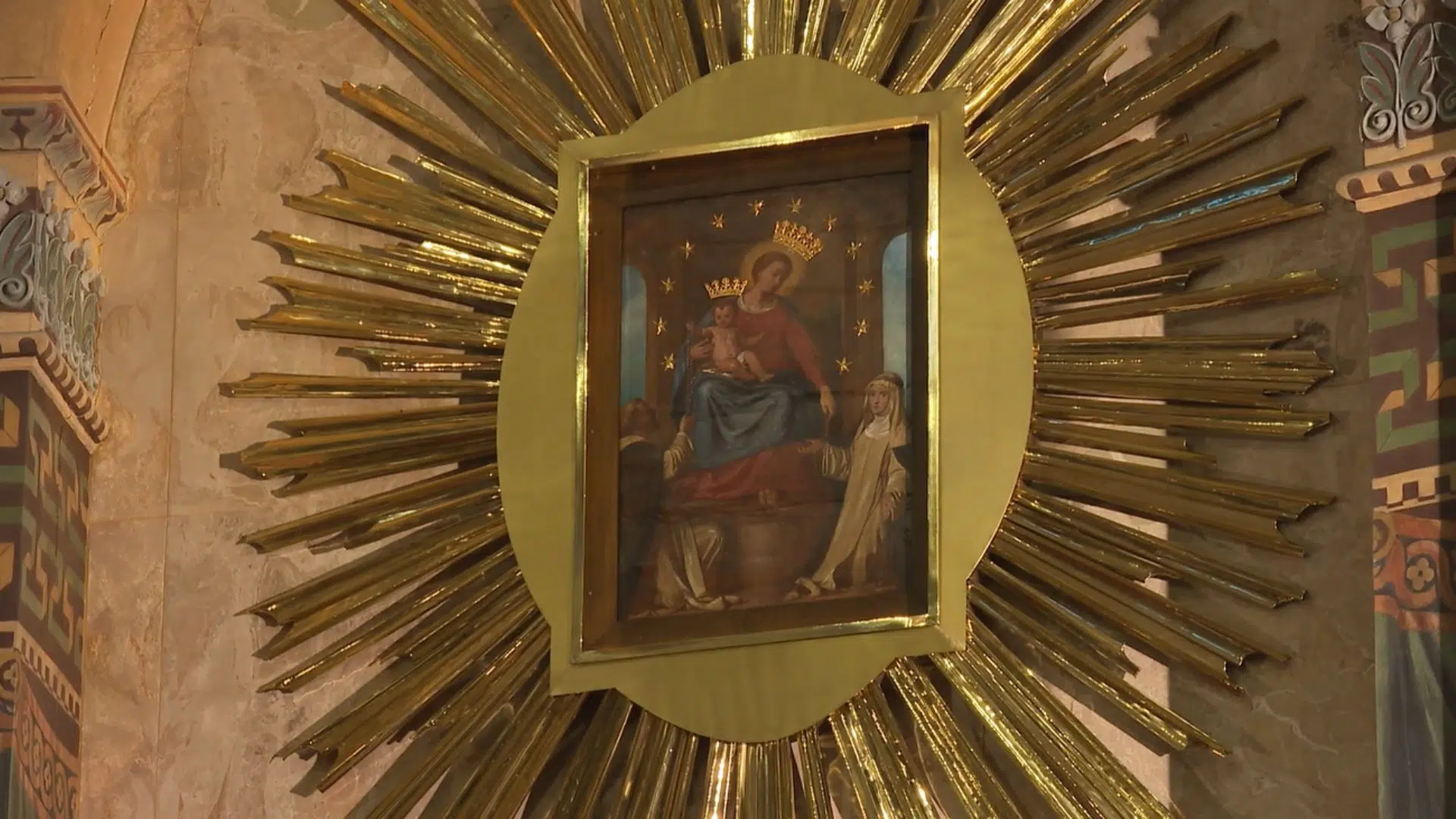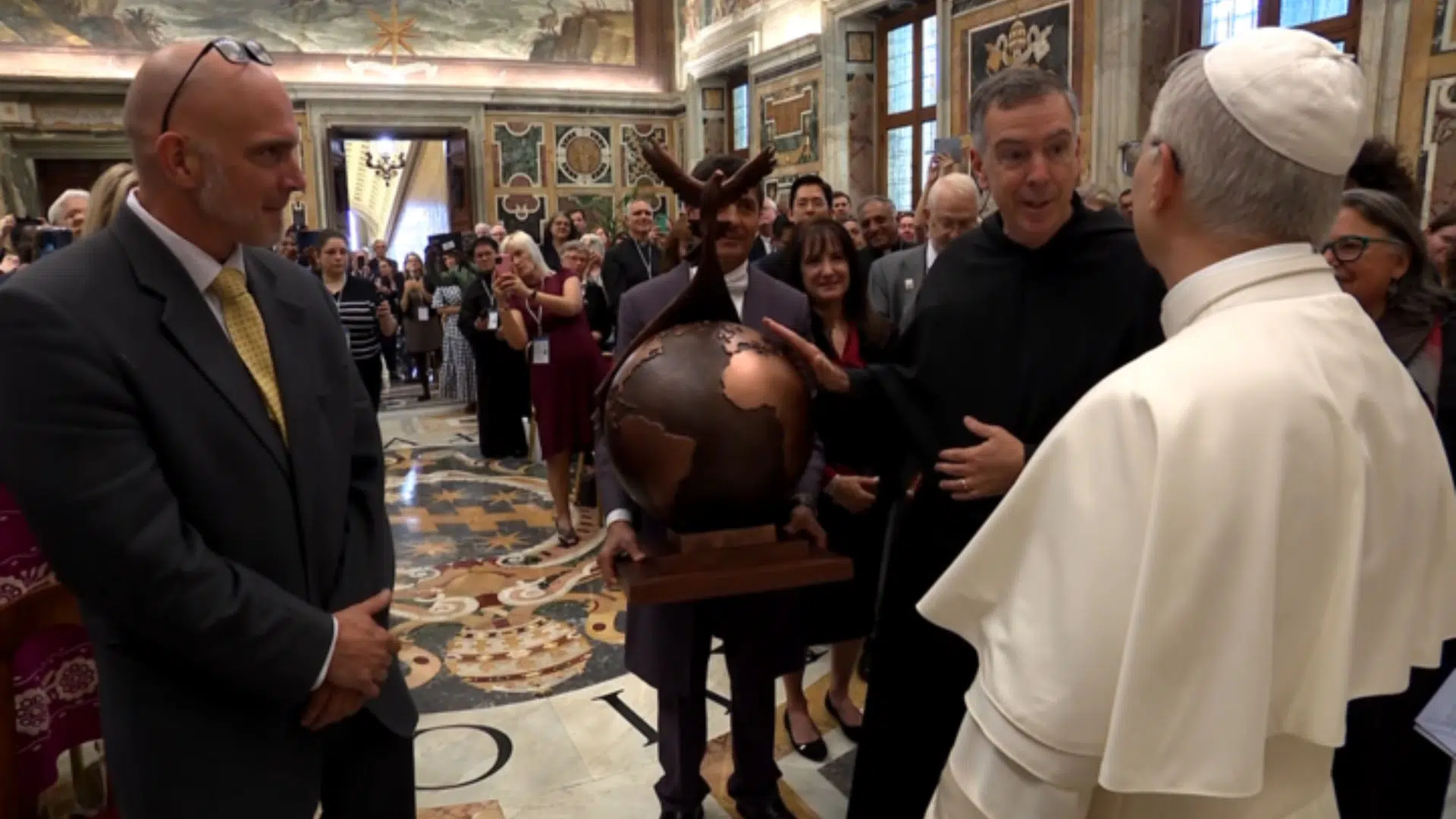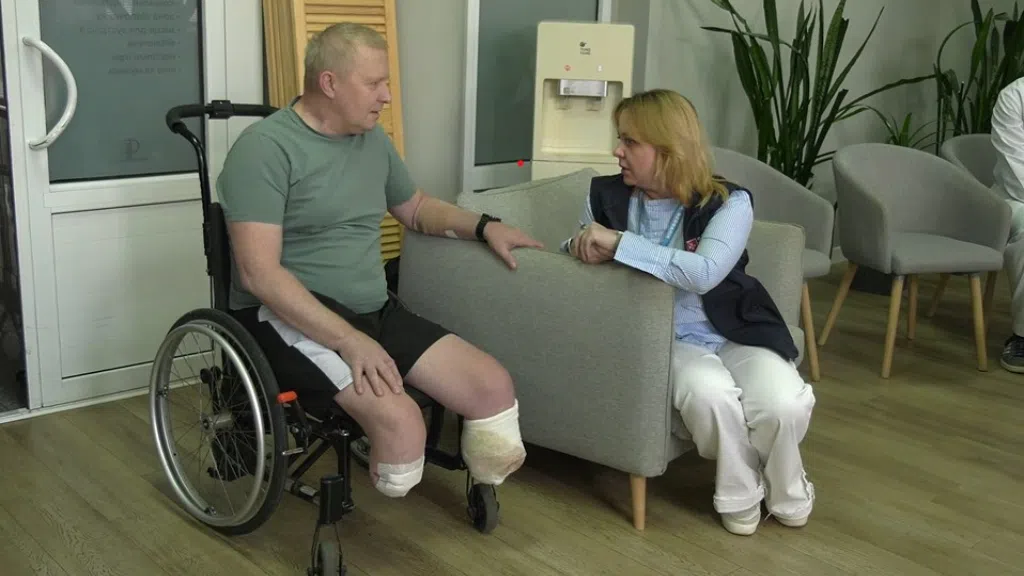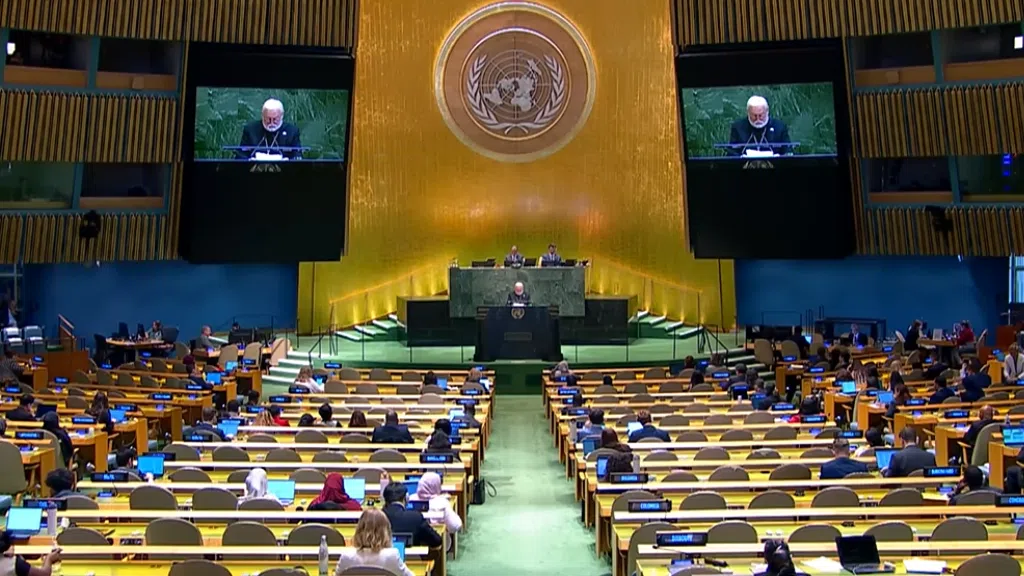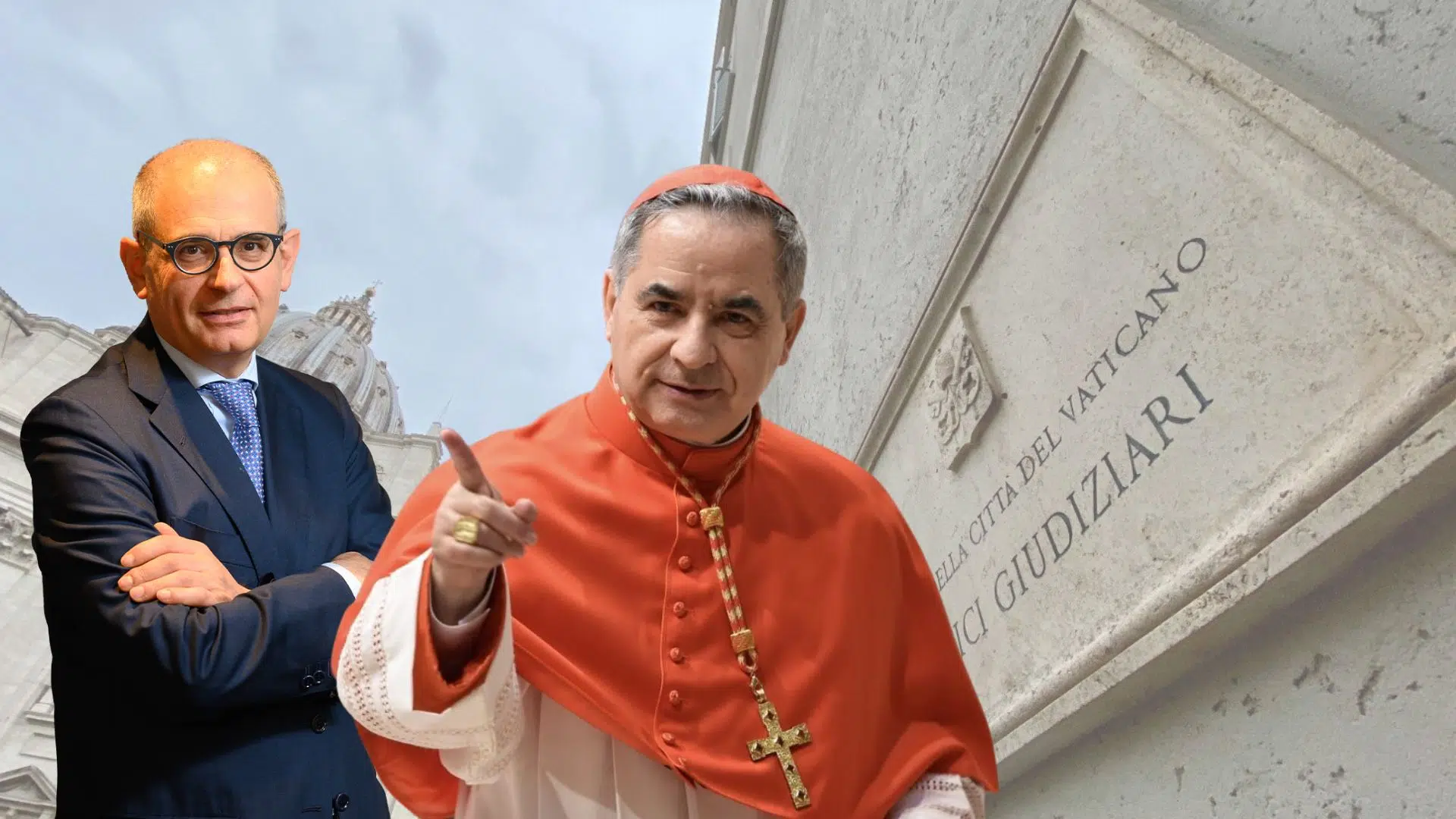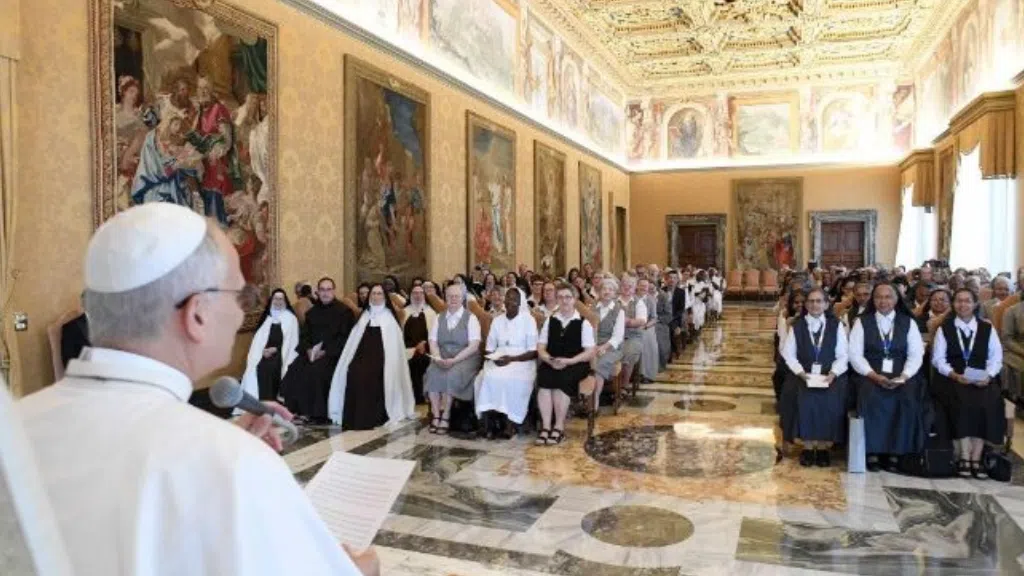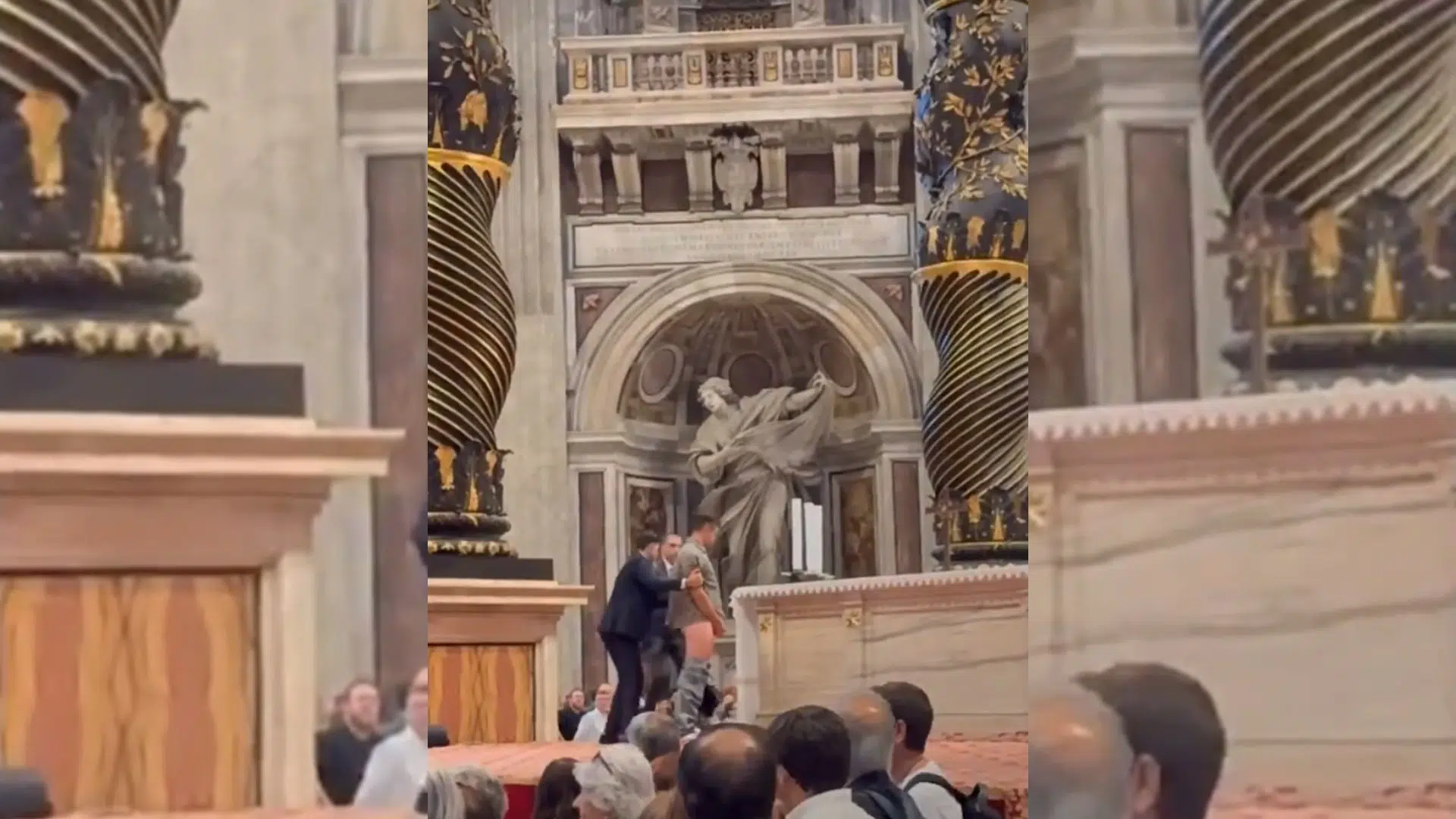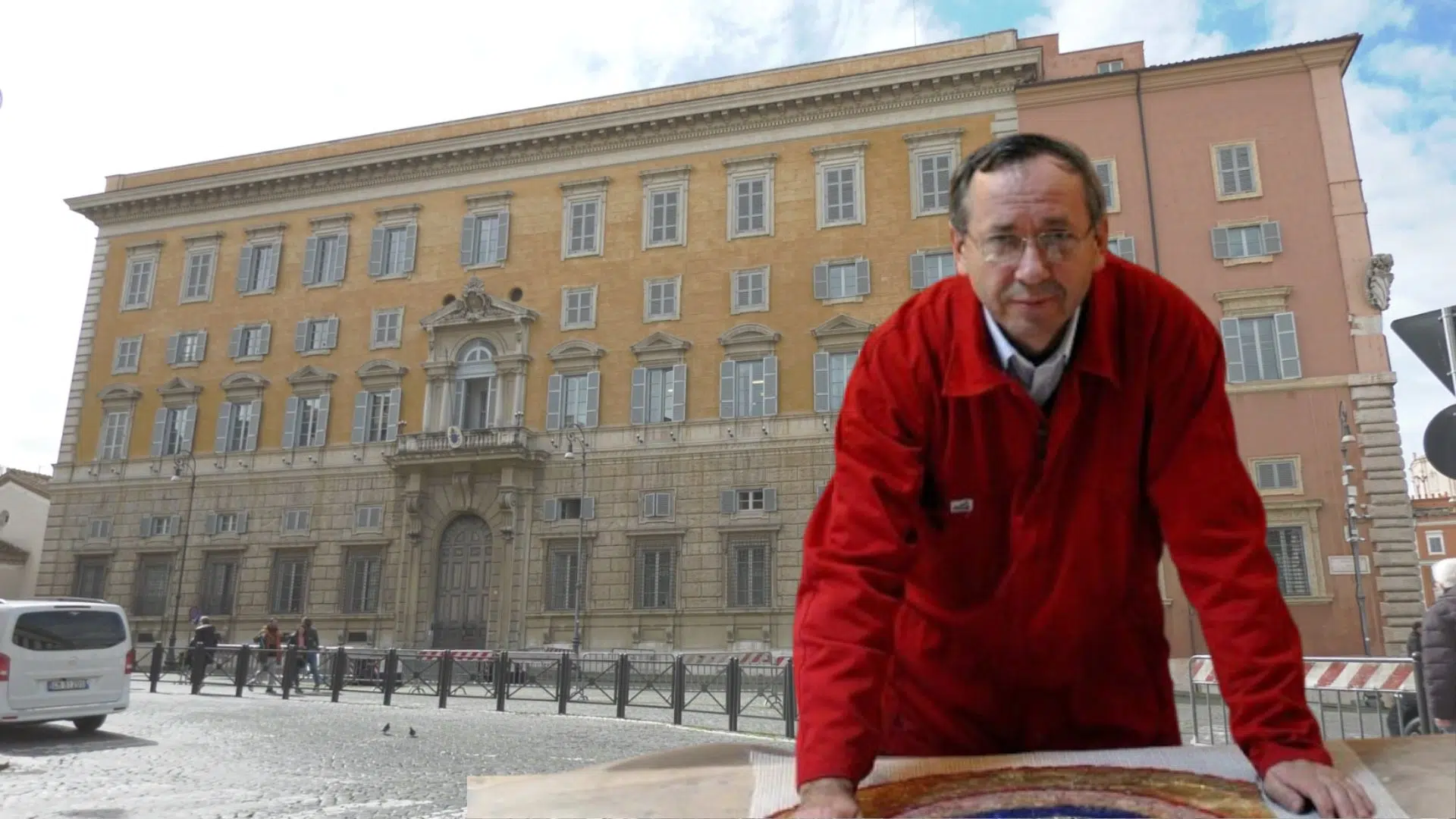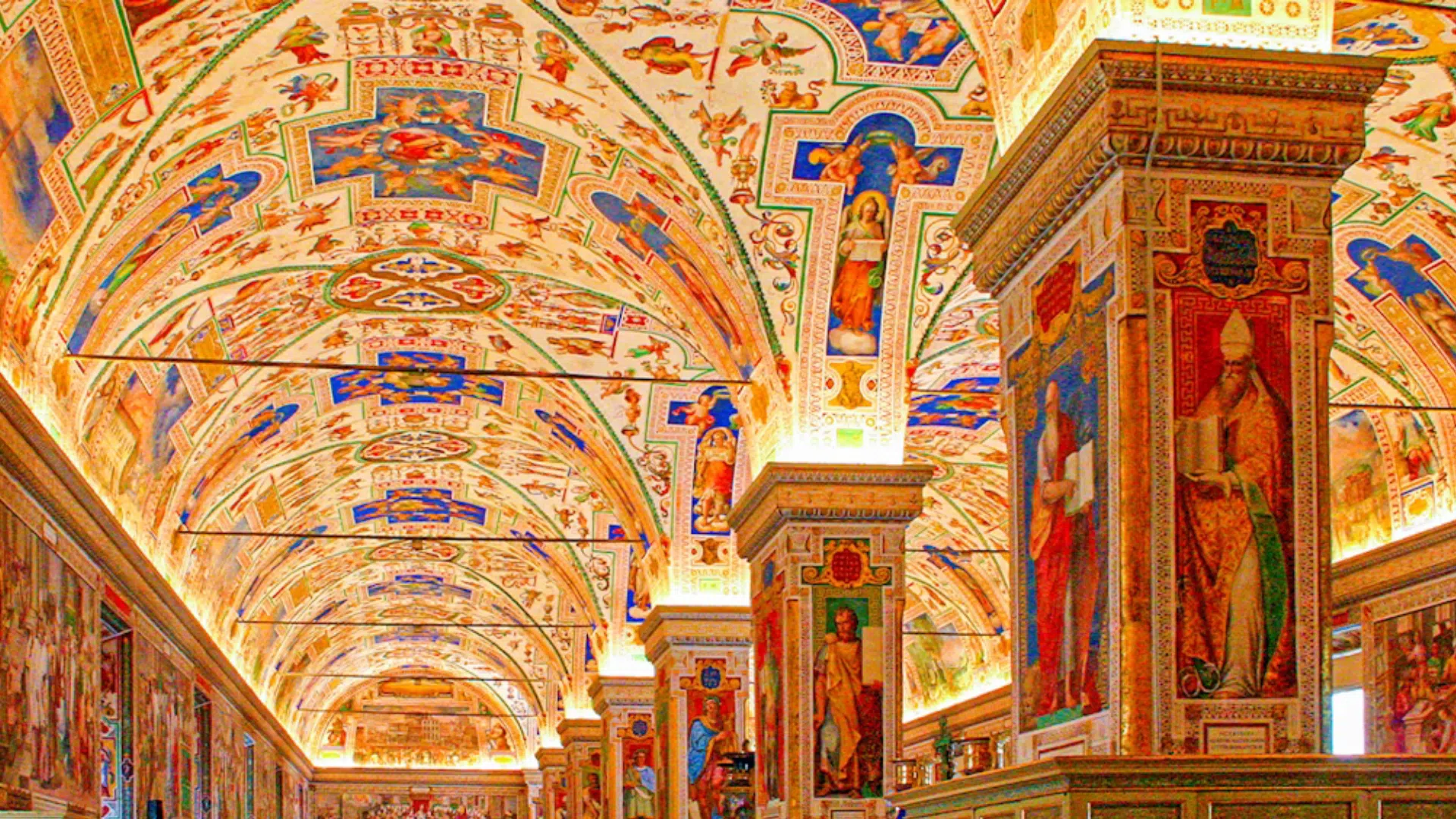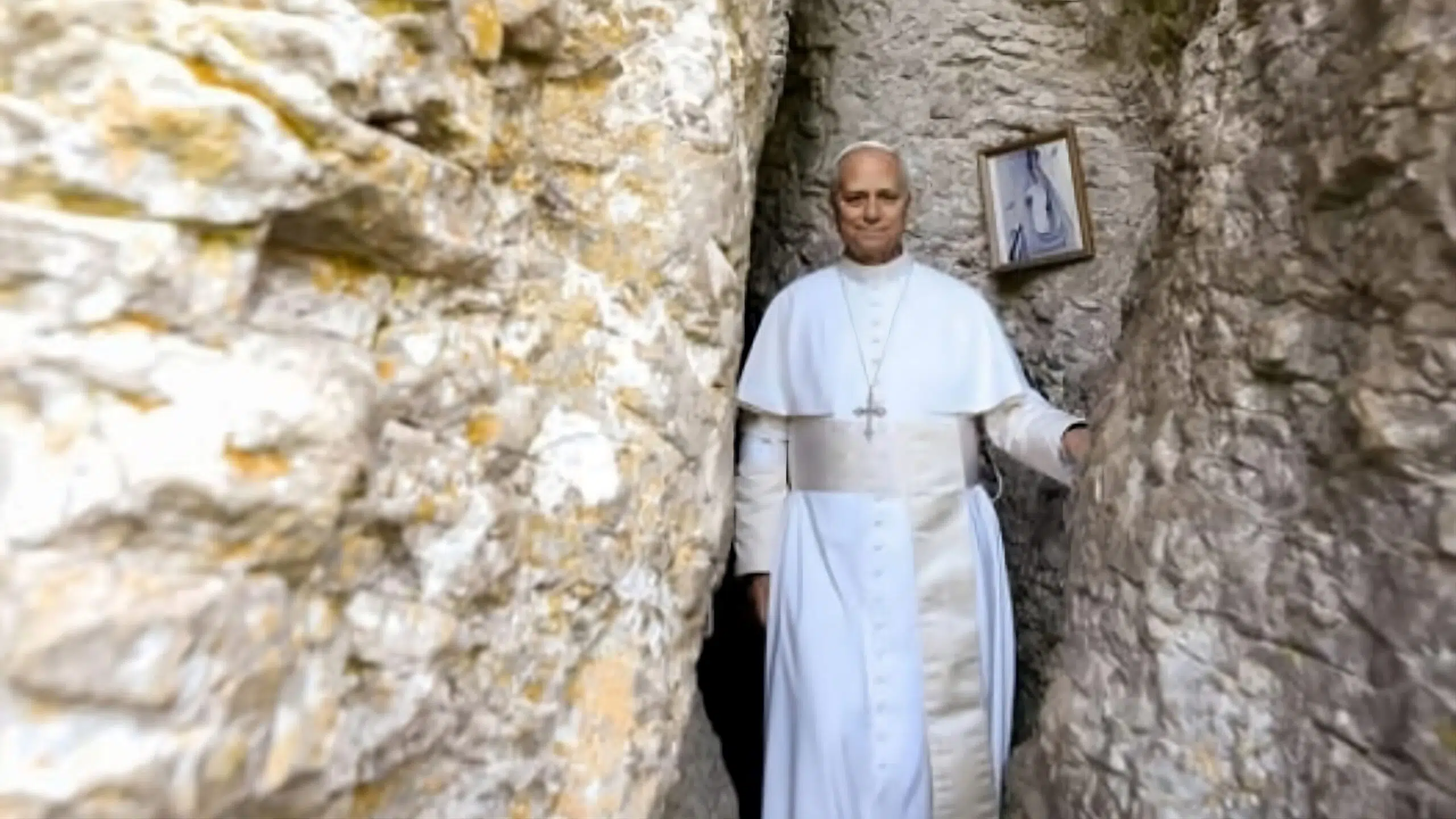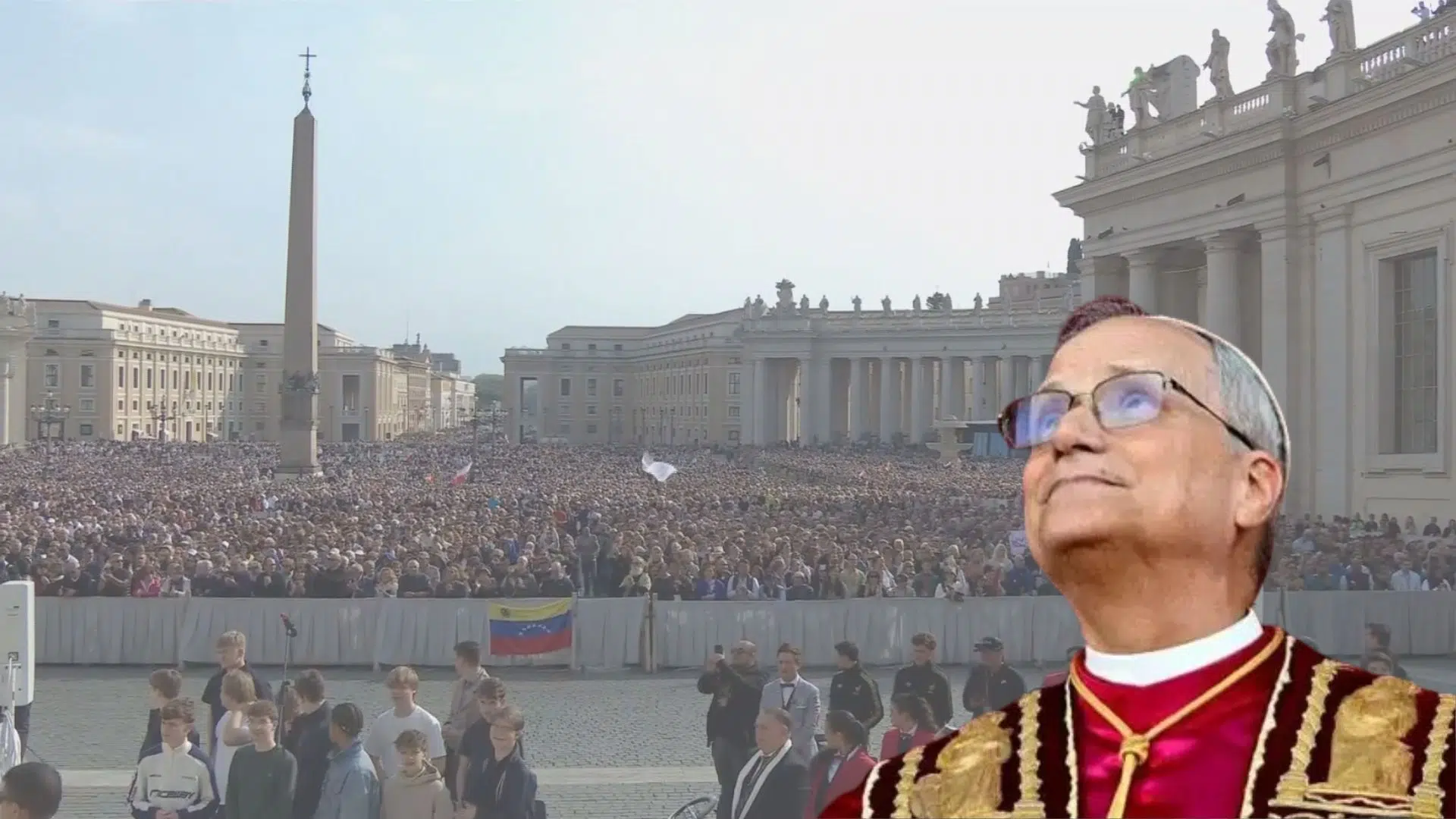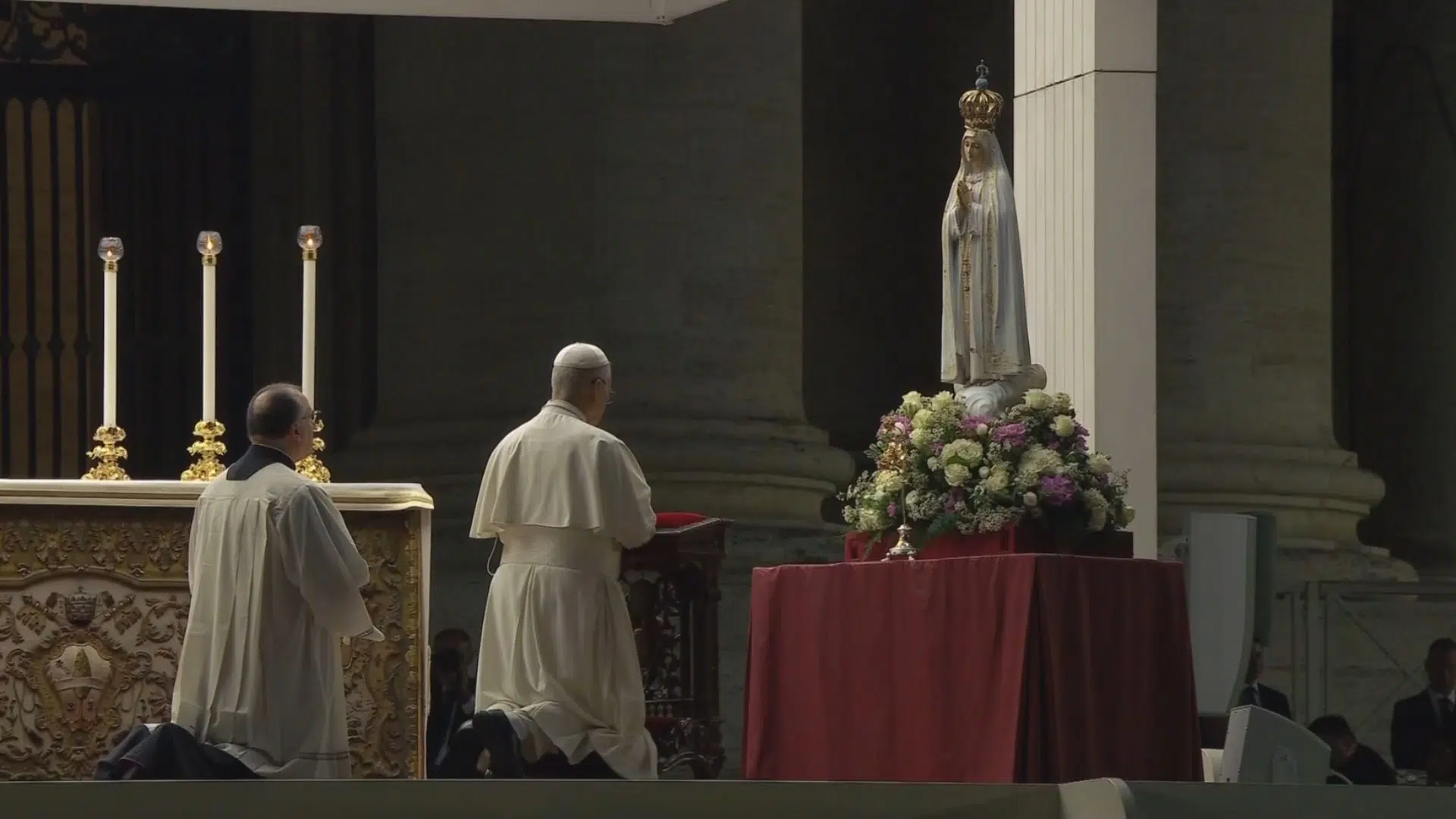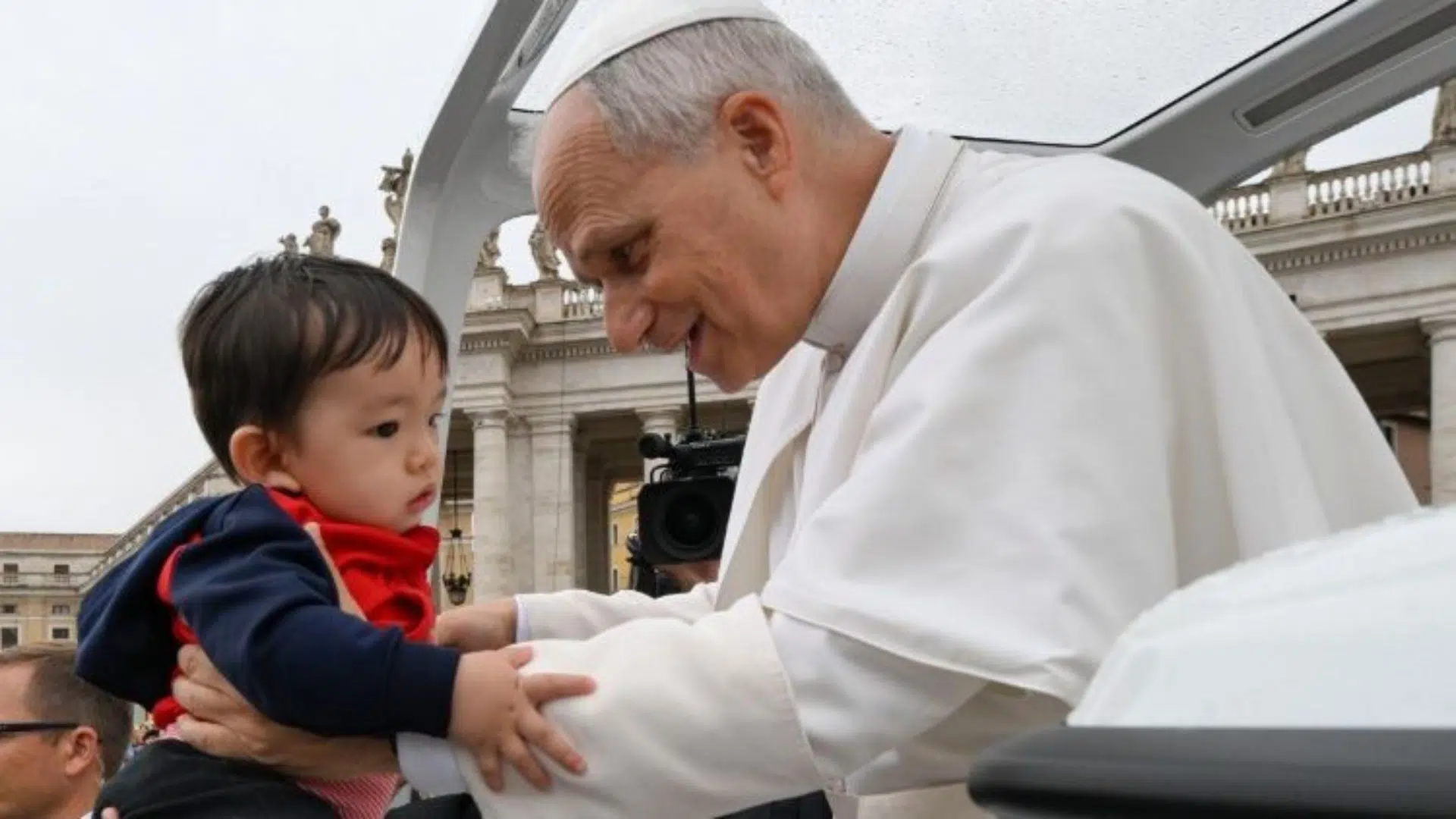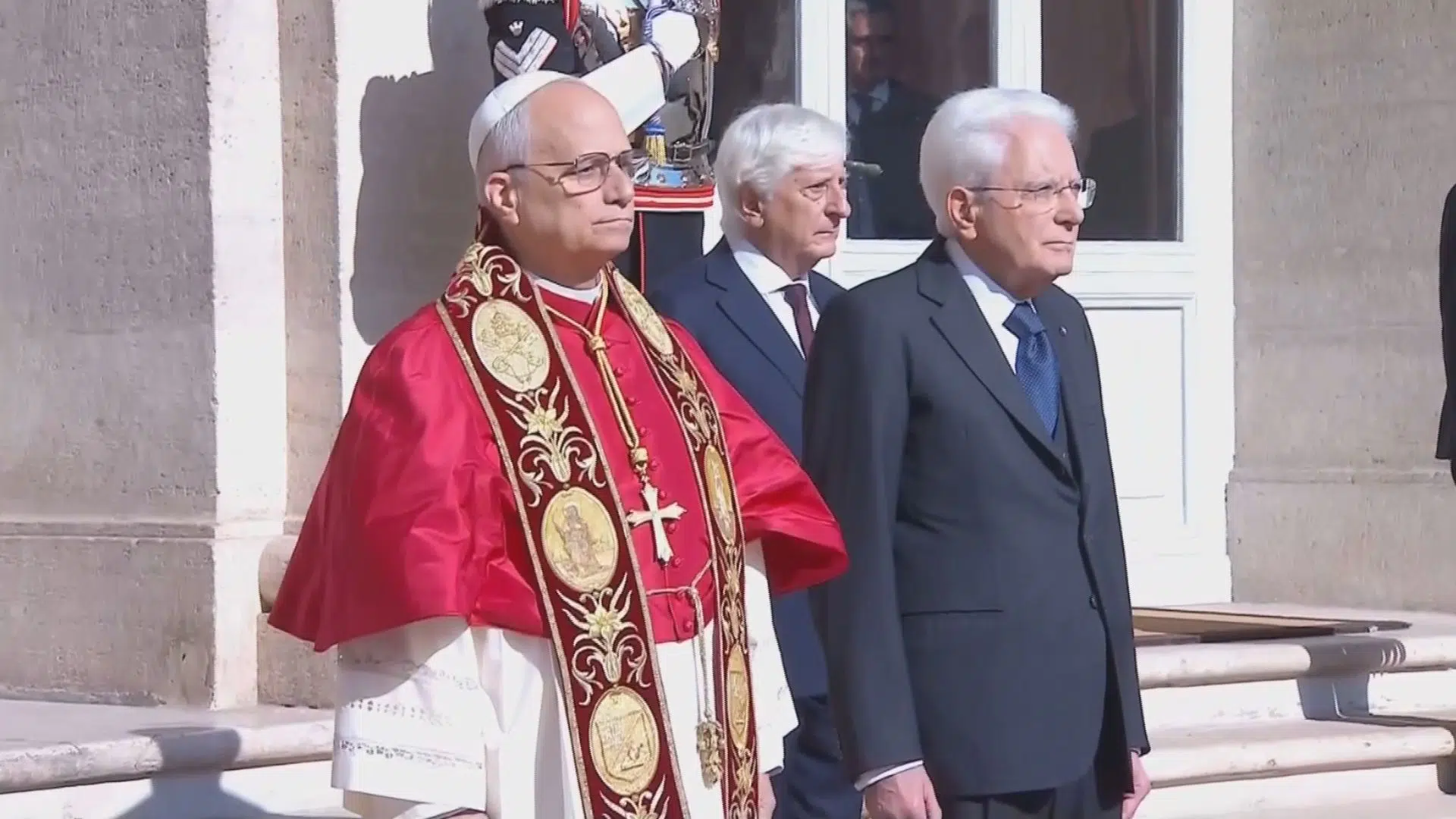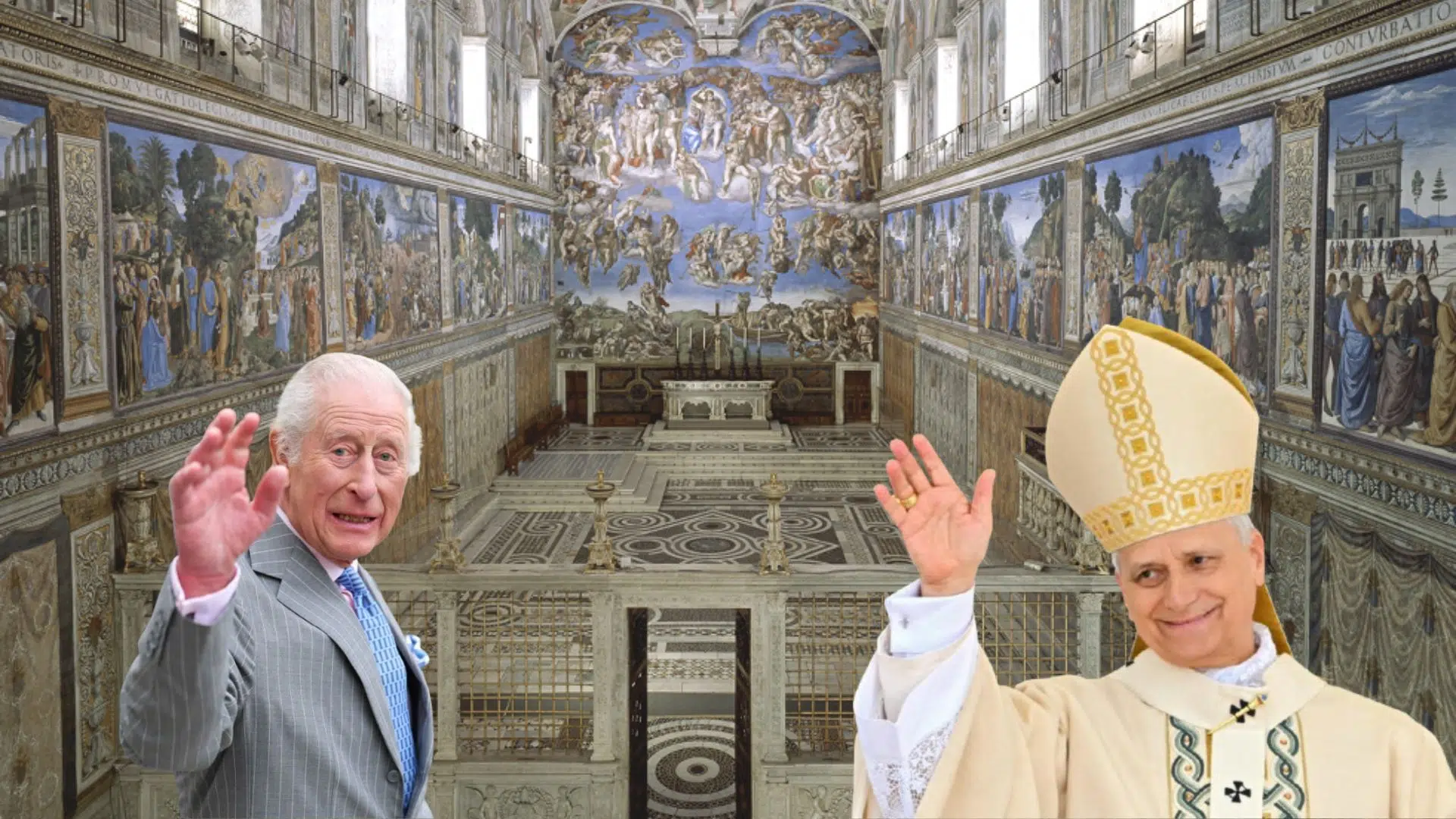The Hospital of the Holy Spirit in Rome is Europe's first hospital. It contains the world's oldest public medical library—the Lancisiana library.
Founded in 1711 by Pope Innocent XI's doctor, Giovanni Maria Lancisi, the library is home to nearly 19,000 books and manuscripts dating back to the 14th century. It also holds two large globes made in the year 1600.
Structural problems of the building kept the library closed for over a decade. But thanks to an extensive renovation funded by the region of Lazio's health system, the Lancisiana library's doors are once again open to the public.
ANGELO TANESE
Director General, ASL Roma 1
“This place reminds us of how over the centuries we have built so much to provide care and assistance to people. It's a place that tells us the history of healthcare in Rome, and is also a sign of its possible rebirth. We must remember that this is still an active hospital and functioning emergency room in the heart of Rome.”
The library's reopening comes as Rome continues to combat the Coronavirus pandemic. It's a testament to the city's history of overcoming health crises, and the medical advances that followed them.
ALESSIO D'AMATO
Health Councilor, Lazio Region
“We come here from a very long road, which today is renewed in the vaccination campaign, so this is a leap into the past which leads us to the future. This is the message that is being shared by the Lancisiana library.”
The library's renovations include the restauration of a ceiling fresco, as well as the refurbishment of a secret door behind its shelves, which allowed those in the library to keep an eye on sick patients in the next room.
ANGELO TANESE
Director General, ASL Roma 1
“Whoever enters here is amazed. One does not expect to find a place so full of wonders and memory. I think it's an experience like no other.”
On their way out, visitors can read the text of the Papal bull in which Pope Clement XI praises the foundation of the library, and threatens serious spiritual penalties for anyone who steals or damages its books.
Now its contents will be once again be available for public viewing to showcase the rich scientific and medical history of Rome.
JM
